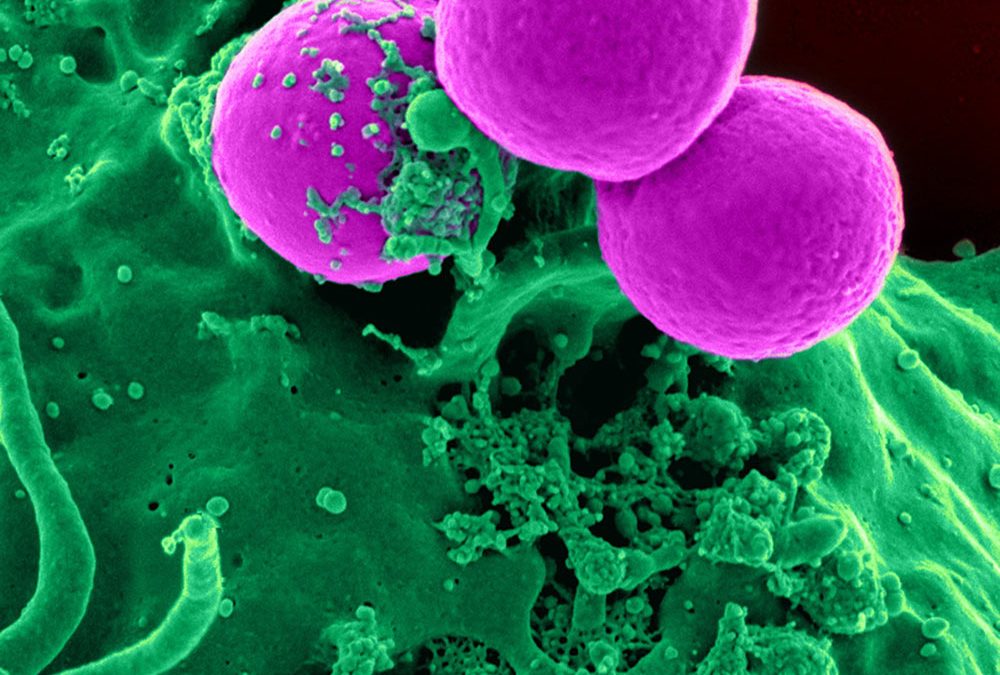In the last few years, the potential of the advanced therapy medicinal products (ATMPs) emerged as a new astonishing opportunity for the treatment of several different diseases. Interestingly, the cell therapy medicine, one of the three main categories of ATMPs1, gained particular interest for one specific application: the use patient-specific engineered T-cells as immunotherapy cancer treatment, the so-called CAR-T technology.
In the FDA-approved procedure, T-cells are collected autologously from the patient to bypass rejection. Subsequent to activation, the gene coding for a chimeric antigen receptor (CAR), specifically directed against tumour cells is transduced into the T-cells, typically through viral vectors. Finally, the obtained CAR-T cells are expanded some days in bioreactors and then injected back to the patient.
Potentially, CAR-T cells can be directed against any tumour antigens. This can fully exploit the antitumor capacity of T-lymphocytes, far beyond all the anticancer drugs available so far. Moreover, differently from the most common used therapies, CAR-T are usually administrated in one single dose. These are just some of the reasons why this therapy is already so important and why it is expected to growth exponentially in the next few years.
Nevertheless, in order to fully exploit the potentiality of CAR-T cells, two principal issues have to be resolved. The first is about CAR-T efficacy. The effectiveness of the CAR-T treatments available against hematologic malignancies showed to be reduced in solid tumours. Various groups are trying to overcome this problem optimizing the specific antigens or combining this technology with other “standard” approaches. In pancreatic cancer, probably the most aggressive and deadly type of tumour, pre-clinical studies using new target antigen (as mesothelin or CREA) showed very promising result as well as low toxicity on the patient2. At the same time, in prostate cancer, the combination of CAR-T and standard therapies, together with the improvement of CAR technology, significantly increased CAR-T efficacy3.
The second important issue is related to the manufacturing capacity and the facilities required to produce CAR-Ts, in clinical as well as in pre-clinical research. As already mentioned, CAR-T treatment has shown tremendous potential, but to make it fully accessible to the public, the cost of production must be reduced, and the manufacturing methods have to be optimized. Good Manufacturing Practice (GMP) procedures are strictly necessary for the production of ATMPs, as indicated by the current Eudralex Vol 4., part IV guidelines, in order to ensure an aseptic process. Thus, for some cell factories, the economical effort to form the staff and to build or adapt the facility can be overwhelming.
One way to reduce the manufacturing costs of ATMPs is to use a Closed System (Isolator) instead of an Open System or Clean Room. Clean rooms for cell therapy ensures GMP compliance to Eudralex Guidelines, but are extremely costly, both for building the and managing the manufacturing process. The use of Isolators can overcome these problems. The environment inside the Isolator is physically sealed from the outside and equipped with gloves. All the system is automatically decontaminated previous to work, its internal environment is in Grade A and the transfer of materials is performed without breaking the continuity of the bio-confinement. Differently to the ordinary Clean Rooms where the most critical operations are performed in a Grade A Biological Safety Cabinet installed in a Grade B clean Room, Isolators maintains a physical separation between operator and product providing a grade A environment for the manufacturing process, and can be installed, according to Eudralex Guidelines, in a grade D Clean Room, with all the subsequent advantages compared to the requirements of an Open System. Working in a high sterile and well-defined environment reduce at the same time the risks of contamination. The great cost reduction and the lower contamination risks of closed system could allow relatively small centres to invest in ATMPs and CAR-T technology. On the other side, choosing a Closed System instead of an Open one could certainly improve the GMP production procedures, together with a considerably lower operational cost4.
The importance to find an effective therapy against cancer is adamant: even pondering all the limitations, CAR-T therapy, to date, is considered the most promising treatment against cancer. Improving the accessibility to operate in GMP facilities could finally allow researchers to refine and improve CAR-T technology, increasing, at the same time, the number of patients treated and cured.
Ref
- EMA. Advanced therapy medicinal products: Overview | European Medicines Agency. https://www.ema.europa.eu/en/human-regulatory/overview/advanced-therapy-medicinal-products-overview. Published 2020. Accessed October 25, 2021.
- Larson RC, Maus M V. Recent advances and discoveries in the mechanisms and functions of CAR T cells. Nat Rev Cancer. 2021;21(3):145-161. doi:10.1038/s41568-020-00323-z
- Wolf P, Alzubi J, Gratzke C, Cathomen T. The potential of CAR T cell therapy for prostate cancer. Nat Rev Urol. 2021;18(9):556-571. doi:10.1038/s41585-021-00488-8
- Zanini C, Severina F, Lando G, et al. Good design practices for an integrated containment and production system for advanced therapies. Biotechnol Bioeng. 2020;117(8):2319-2330. doi:10.1002/BIT.27376
Recent Articles
- Cell therapy based on neuronal precursors for the treatment of multiple sclerosis 10 January 2023
- How to Improve the Sustainability of Advanced Therapies: The Case of Strimvelis 24 November 2022
- FDA reorganization: a “Super Office” to manage the increasing cell and gene therapy workload 3 November 2022
- GMP Cleanliness Classifications: Deciphering the Differences and Requirements among Grades 12 September 2022
- How to Overcome the Most Common Issues in the GMP-Compliant Culturing of Mesenchymal Stem Cells: Isolation and Automatization 30 August 2022

